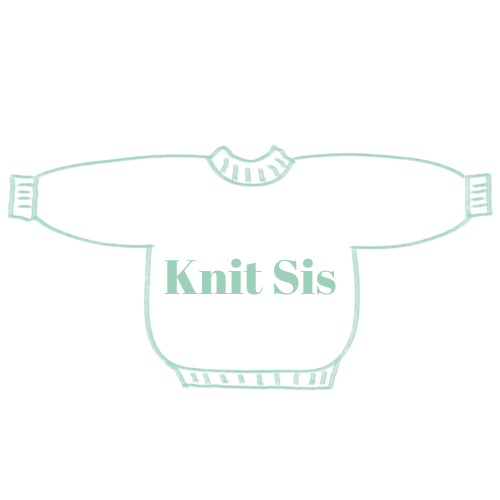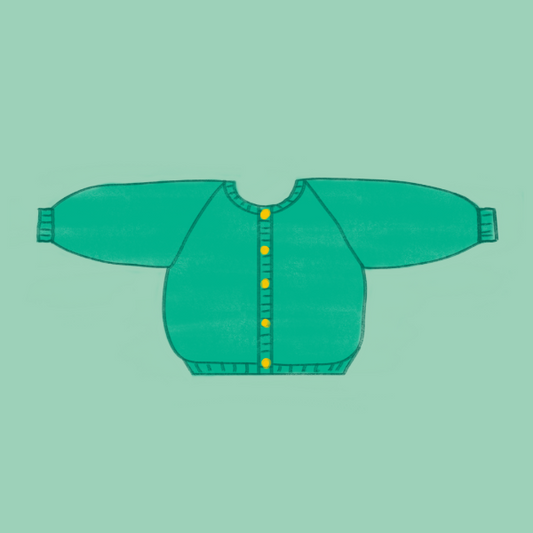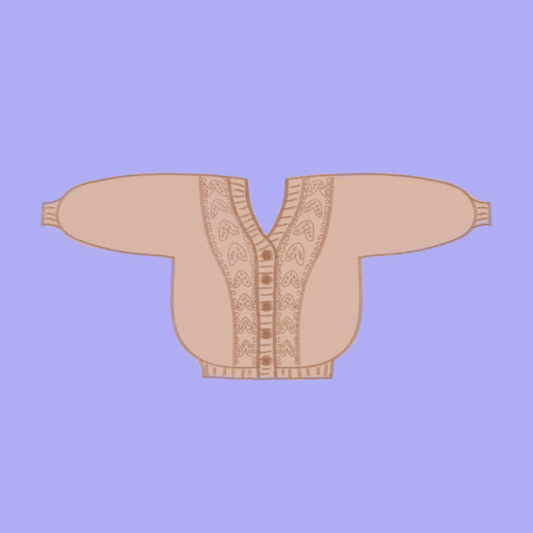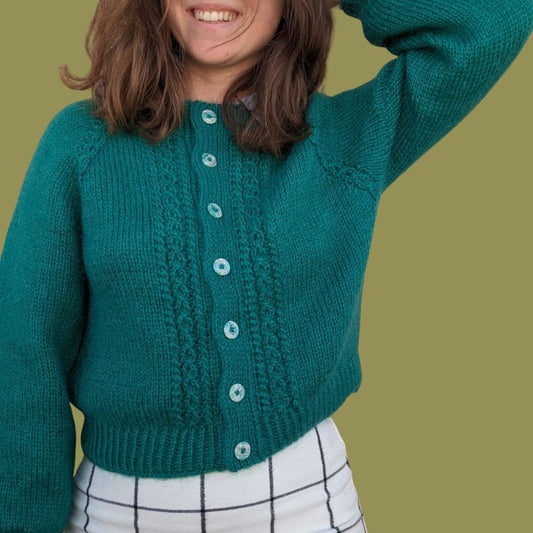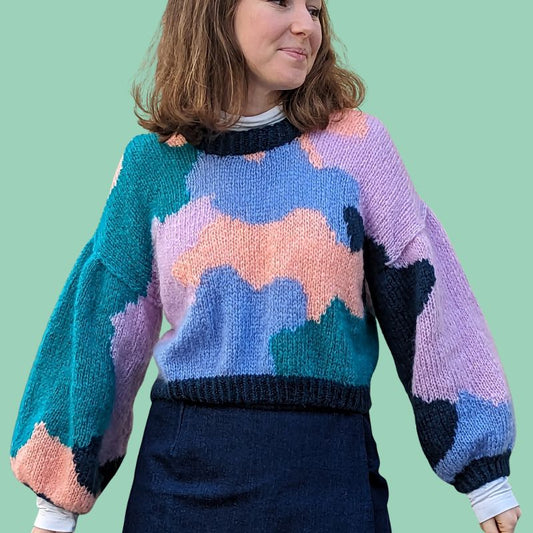How to choose your knitting needles depending on the project? 🧶
Knit SisShare
Introduction: The Needle Dilemma
You open your knitting bag, look at your current project... and then panic: are these needles really the right ones? Too thin, too thick, too long, not flexible enough... in short, doubt sets in.
Don't worry: we've all been there (yes, even us, Lenny and Louise, with our very first sweaters knitted with Grandma's needles 🥰).
In this article, we explain how to choose your knitting needles according to your project , without any hassle. You'll see: by understanding the logic behind each choice, you'll gain comfort, consistency, and the pleasure of knitting.
👉 Ready to find your “perfect match”? Let’s go!
1. Choose the type of needles according to your project
There are several “families” of needles, and each has its advantages.
Straight needles: ideal for beginners
▪️ Easy to use
▪️ Perfect for flat projects (scarves, blankets, rectangles to assemble)
▪️ They often remind us of our beginnings in knitting 🧒🏻👵🏻
👉 If you want to knit your first simple and soft cardigan, try it Cardichou . Even though it's knitted in the round, you can easily start adapting it with straight needles if you feel more comfortable at first.
Circular needles: versatile and ergonomic
▪️ Allows you to knit in the round without a seam
▪️ Lighter on the wrists, because the cable supports the weight of the work
▪️ Essential for modern sweaters like the Strippie 🎉
💡 Anecdote: Louise resisted for a long time before starting, thinking that “it was too technical”. Result: today, she knits almost exclusively with circular knitting machines, even for flat projects!
Double-pointed needles (DPN)
▪️ Perfect for small diameters (socks, sleeves, hats)
▪️ They require a little practice, but what a satisfaction once mastered!
2. The diameter of the needles: the key element 🔑
It's simple: the larger the needle size, the looser and more airy your knitting will be .
Conversely, the smaller the number, the tighter and denser your knitting will be .
▪️ For fine wool (fingering) : needles 2 to 3.5 mm
▪️ For medium weight yarn (DK / worsted) : needles 4 to 5.5 mm
▪️ For chunky yarn : needles 6 to 9 mm and up
👉 Concrete example: our This free Doudou Sweater is designed with 8mm needles. This is what gives it its ultra-soft and quick-to-knit feel (a real treat for beginners!).
⚠️ Caution: Don't rely solely on the ball of yarn. Always make a swatch : this is what guarantees that your project will be the right size.
3. Needle length: comfort above all
▪️ Straight needles : often between 30 and 40 cm.
▪️ Circular needles : the cable varies from 40 cm to 120 cm (or more).
👉 Tip:
▪️ For a hat → 40 cm cable
▪️ For an adult sweater → 80 to 100 cm cable
▪️ For a scarf → it doesn't matter, do what you're comfortable with
💡 Lenny, who often knits on public transport, prefers a short 60 cm cable: more discreet, more manageable.
4. What material should you choose for your needles? 🌲✨
The material greatly influences your comfort and the speed of your knitting:
▪️ Bamboo / wood : soft, light, ideal for beginners (the stitches slide less quickly).
▪️ Metal : perfect for knitting quickly, smoothly and evenly.
▪️ Plastic : lightweight and economical, often used for large sizes.
👉 Example: to knit a textured project like the Marguerite vest , the wood helps keep the stitches in place in openwork stitches.
5. To remember 📝
▪️ Choose the type of needles according to the shape of your project.
▪️ Adapt the diameter to the wool and the desired effect.
▪️ Check the length for your comfort.
▪️ Test different materials to find your favorite.
▪️ Always make a sample before you start.
Conclusion: it's your turn! 💫
Choosing your knitting needles isn't a complicated science: it's mostly a question of comfort and adapting them to your project . With the right tool, your knitting becomes a real pleasure (and not a struggle against slipped stitches).
👉 And if you want to put it directly into practice, why not try a quick project like the Free Poppy Top ? Perfect for getting started without pressure!
💌 Want more tips and accessible patterns?
Join our newsletter : every month, we share our knitting secrets learned from our grandmother and our exclusive Knit-sis creations.
